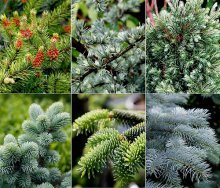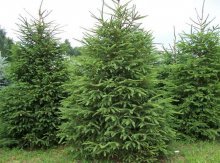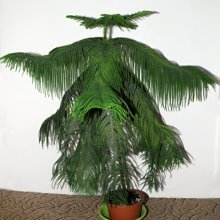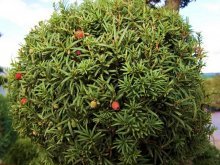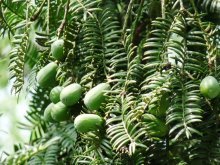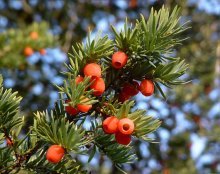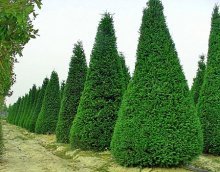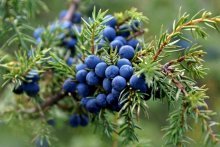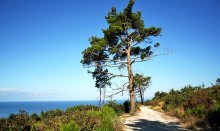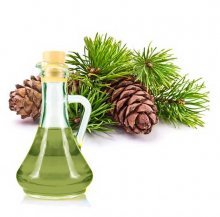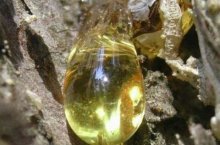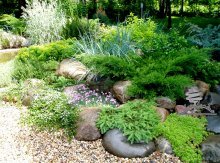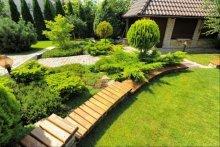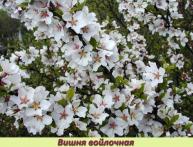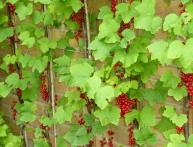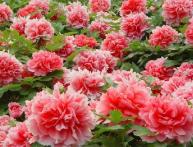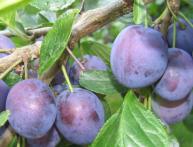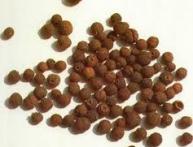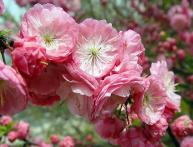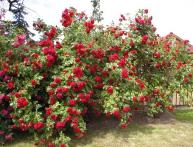All coniferous trees, their classification, healing and decorative properties
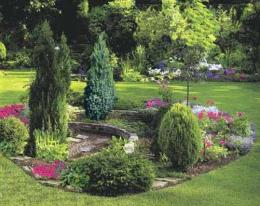
Conifers are a variety of plants that have needle-shaped, scale-like or flat leaves in the form of stripes. Their seeds develop in cones. These plants are predominantly evergreen.
Now on our planet from coniferous Mostly trees grow, occasionally there are shrubs and creeping along the ground.
Content:
Classification of conifers
All coniferous trees are distinguished by small leaves and abundant branching. The coniferous class is divided into two subclasses.
Cordaite
Extinct representatives of the flora. They were very large in size. They reached a height of 30 m and a diameter of 1 m.
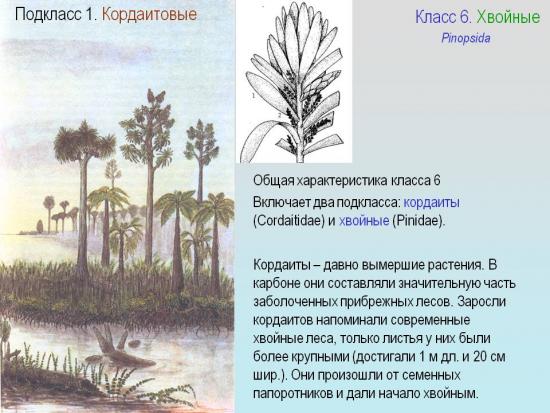
They had leaves of various shapes and sizes from several centimeters to a meter in length. Presumably they are the ancestors of modern coniferous.
Conifers
The most numerous class of gymnosperms. It has 5 families, 55 genera, 600 species. They grow throughout the planet with the exception of the Arctic and Antarctica.
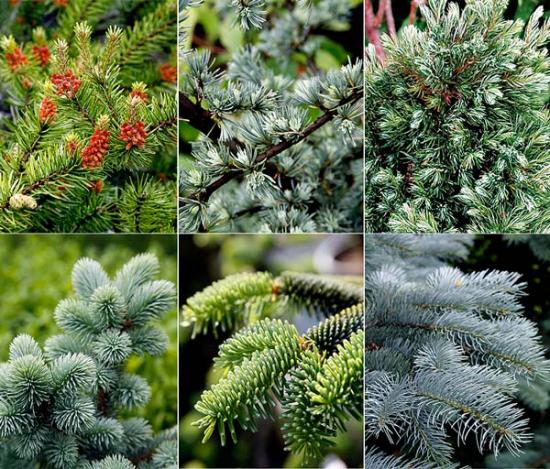
All coniferous trees are divided into families
Araucariaceae
Divided into two types:
- Araucaria. Distributed in the southern hemisphere, there are 15 species.
- Agathis. Grows in the tropics and subtropics. Representatives of this genus have a dense crown and a variety of leaves: lanceolate, round and needle-shaped.
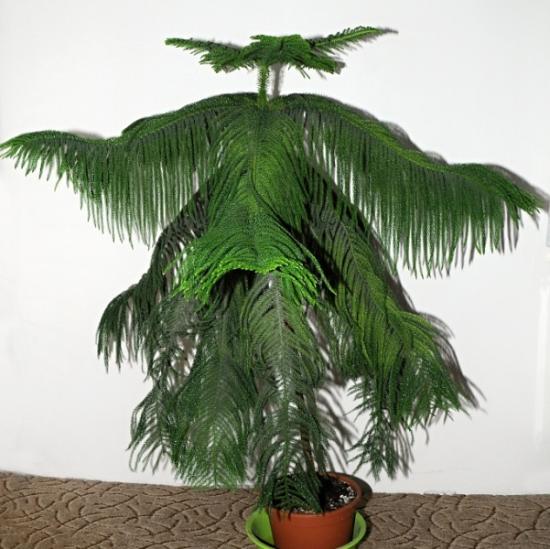
They differ in that they shed leaves along with branches.There are 30 known varieties of agathis.
Podocarpaceae (podocarpaceae)
Represented by tall trees and shrubs. They prefer warm climates. Most common in East Asia and India. There are 130 species. Depending on the variety, they have different forms of foliage: lanceolate, scaly and needle-shaped.
Yew
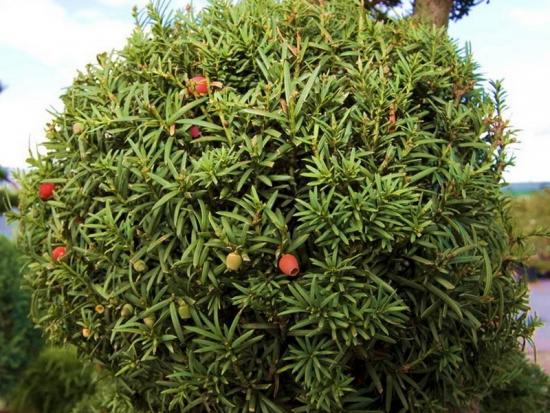
They grow mainly in North America and Asia. Evergreens, with a lifespan of up to 4000 thousand years. Divided into 6 genera/
Torreya
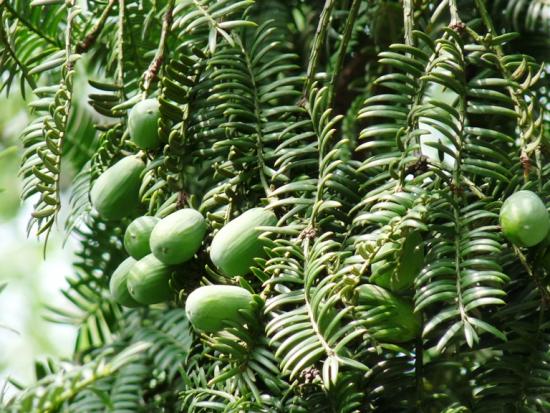
It is divided into five types. Grows in North America and East Asia. The trees reach 25 meters in height. The leaves are linear, hard. All parts have an unpleasant odor.
Austrotaxus
Only one species belongs to it - Austrotaxus spicata. It lives exclusively in the tropical forests of the center and north of the island of New Caledonia. For unknown reasons, it does not grow in the south. It has lanceolate leaves and reaches a length of 25 meters. Also has signs of podocarpaceae.
Amentotaxus
There are four species that grow in the mountainous areas of China and Vietnam. Evergreen trees and shrubs. They have long dense leaves and bright red fruits that resemble berries.
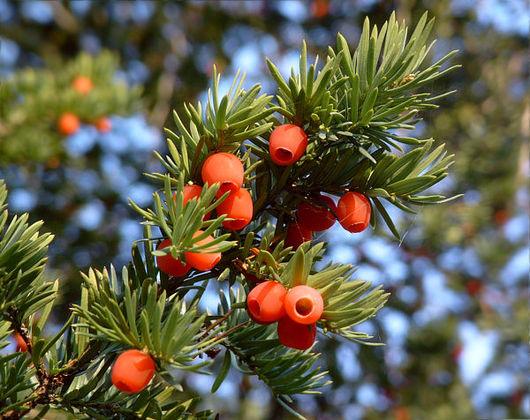
Yew
Divided into 8 types. They live in the northern hemisphere. They grow in the form of trees and shrubs. They have flat short needles and red round fruits, the crowns have a variety of shapes, which is valued in garden design.
Pseudotaxus
It grows exclusively in Eastern China in the form of shrubs and small trees. They have narrow linear leaves.
Cephalotaxus
Evergreen trees and bushes with narrow linear leaves. Previously they were classified as a separate family, but based on genetic studies they were classified as yews. They live mainly in East Asia.
Cypress
They are divided into 19 genera and 130 species. They grow as trees and shrubs of various sizes. Found in both hemispheres.
The most numerous genera are.
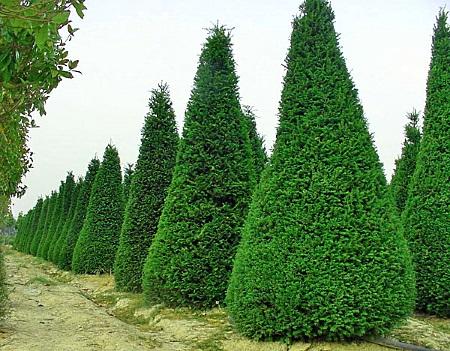
Cypress
There are from 14 to 25 species depending on the scientific source. Most often found in the tropics and subtropics of the Northern Hemisphere in the form of trees and shrubs with pyramidal or spreading crown. It has needle-like and scaly leaves.
Kallitris
Includes 15 species native to Australia and New Caledonia. They are found in the form of small trees and large shrubs. They reach a height of 25 meters. They have needle-like and scaly leaves.
Juniper
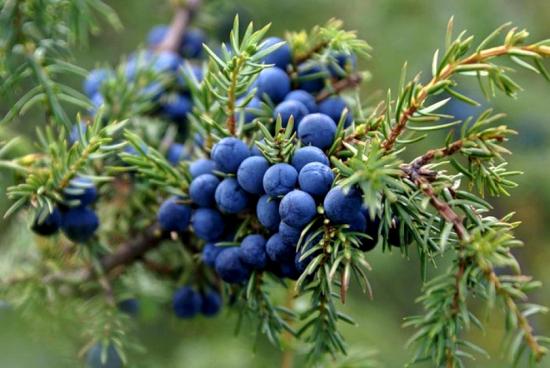
Divided into 75 varieties growing throughout the Northern Hemisphere. One species is found in Africa. This evergreen shrubs with needle-like and scaly leaves and berry-shaped cones.
Large shrubs form forests, medium ones grow between trees in light deciduous and coniferous forests. Small and creeping representatives live on rocky slopes and cliffs.
The remaining genera in the cypress family include a small number of varieties.
Pine
Mostly evergreen trees and shrubs. Distributed in the temperate climate of the Northern Hemisphere.
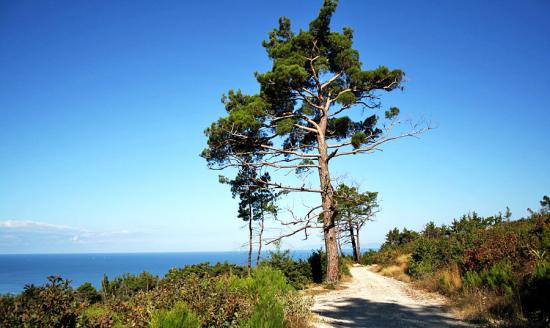
Divided into 11 genera:
- Fir. Divided into 50 types. The trees grow in the temperate subtropical and tropical climates of the Northern Hemisphere. They have a pyramidal shape and needle-like leaves.
- Cathay. Grows exclusively in China. It has only one species, numbering about 4,500 specimens. Evergreens. They reach a height of 20 meters. They have linear leaves.
- Cedar. There are four varieties. It lives mainly on the coasts of the Mediterranean Sea and the slopes of the Himalayas. It reaches a height of 50 meters.The needle-shaped leaves are collected in bunches and have a blue-green color.
- Keteleria. Divided into three types. It is an evergreen tree with a cone-shaped crown. It reaches a height of 35 meters. It has flat, needle-like leaves. Grows in Asia.
- Larch. There are about 15 species. It is a tree up to 50 meters in height with a cone-shaped or rounded crown. It has soft leaves that turn yellow and fall off in the fall. Found throughout the Northern Hemisphere.
- Nototsuga. It has only one species and grows exclusively in China in mountain forests.
- Spruce. Has about 40 varieties. Grows throughout the Northern Hemisphere. It has a pyramidal crown and needle-like leaves. It can reach almost 100 meters in height.
- Pine. Evergreen trees and shrubs with needle-like leaves. It reaches a height of 50 meters. Distributed throughout the Northern Hemisphere. Has about 130 species.
- Pseudo-larch. Has only one variety. A deciduous tree with a cone-shaped crown and soft, needle-like leaves. It reaches a height of 40 meters. Grows in China, Russia and Western Europe.
- Pseudo-tsuga. An evergreen plant up to 140 meters in height. Lifespan can be more than 700 years. Divided into four types. It has cone-shaped needles. It lives in the mountainous areas of North America, Japan and China, as well as in Central and Western Europe.
- Hemlock. Includes 10 types. Grows mainly in Asia and North America. It has a cone-shaped or rounded crown with needle-shaped leaves. It can reach more than 50 meters in length.
The benefits of coniferous plants
Man actively uses coniferous trees in the chemical industry of alcohol, cellulose and various chemicals.Their wood is used for construction and furniture production. Furniture and mattresses are stuffed with cedar shavings.
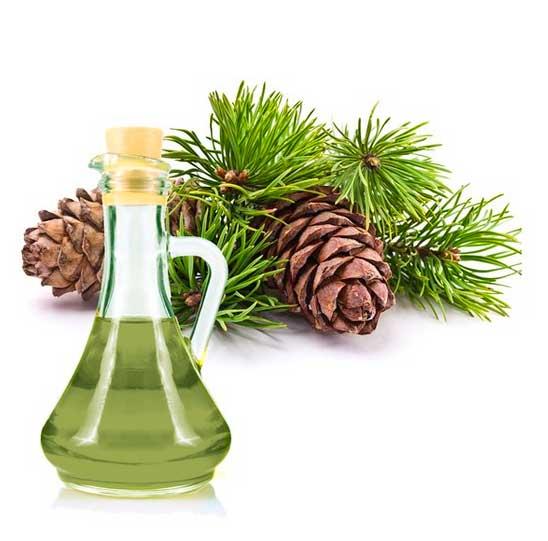
Dietary supplements, vitamin flour, and essential oils are obtained from needles of various species. The rot and fruits are used as feed for livestock, and the nuts of some tree varieties can be eaten by humans.
Conifers plantings perfectly purify the air and have a beneficial effect on the environment. They help clear soil from erosion.
Medicinal properties
Conifers provide invaluable benefits to human health and beauty. Preparations and essential oils prepared from their extracts help alleviate the condition of many diseases.
Fir
Fir the oil perfectly heals wounds, relieves toothache and helps with radiculitis. Baths with its addition help relieve fatigue and stress. Fir oil vapor helps with colds. The branches of this tree can be used for steaming during bath procedures. Preparations with fir extract treat inflammation and insomnia.
Pine
The extract of this plant helps with kidney and respiratory diseases, cholelithiasis, rheumatism and skin damage. Infusions of pine cones act as an expectorant and diuretic. Essential oil vapors pine trees alleviate the condition of respiratory diseases.
Siberian pine
Tincture of Siberian pine nuts (they are called "cedar") helps with diseases of the genitourinary system and nervous disorders. Nut milk improves the condition of tuberculosis. Eating nuts in their pure form helps with cardiovascular diseases and helps strengthen the immune system. Pine resin relieves diseases of the gastrointestinal tract.
Spruce
A decoction of spruce needles helps strengthen the immune system and acts as a diuretic. Infusions of spruce buds and cones help with colds.
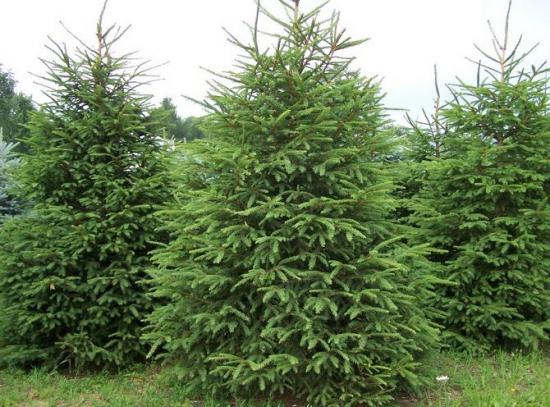
A pine bath improves the tone of the body. Spruce oil is used in massages to reduce pain in muscles and joints. Its vapors disinfect the air and lift your spirits.
Juniper
Juniper berries and their oil are an excellent pain reliever. Needles help relieve fatigue and stress. In folk medicine it is used to treat alcoholism. Juniper needles perfectly cleanse the body and are an anti-inflammatory agent.
Cypress
Drugs cypress have antispasmodic properties, reduce sweating, and normalize hormonal balance. Relieves colic and helps fight excess weight. Cypress oil has a beneficial effect on the treatment of wounds.
All coniferous plants perfectly purify the air. Their pairs help with colds and nervous disorders and perfectly strengthen the immune system.
The needles of these plants are often used to make homemade cosmetics. It rejuvenates the skin, saturates it with vitamins, and regulates the water-fat balance.
Products with coniferous extracts are used as deodorants and antifungal agents.
If you rinse your hair with infusions and decoctions of pine needles, you can get rid of dandruff, strengthen your hair, and saturate it with vitamins and nutrients. Oils from conifers give hair silkiness and shine.
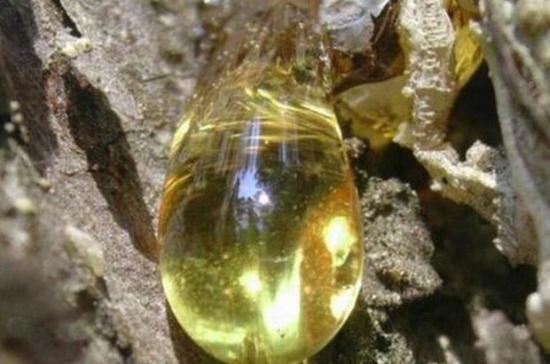
Pine resin is used for depilation instead of wax. It also has a beneficial effect on problem skin. Resin from different types of coniferous plants tones the skin and strengthens its blood vessels.
Due to their antiseptic and astringent properties, essential oils conifers used to prepare aftershave creams and lotions.
Decorative coniferous plants for the garden
Many people prefer coniferous plants in their gardens and plots.
This happens for a number of reasons:
- Coniferous trees and shrubs are unpretentious. They can grow in places with a lack of light and moisture.
- Many varieties initially have a beautiful symmetrical crown and therefore do not require pruning. And those that need it can be easily trimmed.
- The aroma from these plants is pleasant and has medicinal properties.
- Due to the variety of shapes and sizes, you can choose varieties that will look good in large and small areas.
- Conifers The plants are mostly evergreen. They decorate the garden all year round. In addition, there is no need to remove fallen leaves.
- These trees and shrubs strengthen the soil.
Before planting a conifer on a site, it is necessary to take into account the soil composition, climatic conditions of the area and compatibility with other plants, and then select the appropriate variety.
Looking through the catalog of coniferous trees, you will be amazed at how many types of coniferous plants are suitable for the garden. Most often, yew, cypress and pine are used for these purposes.
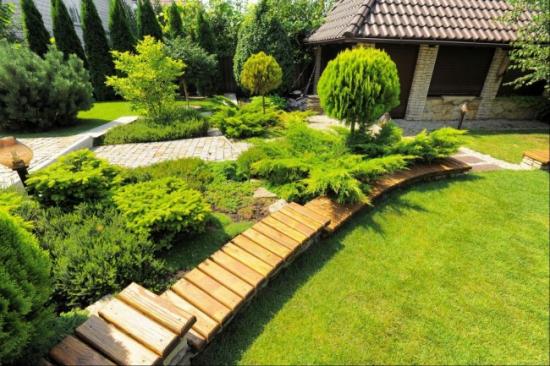
Different varieties of conifers have different requirements for the illumination of the area.
The following plants are planted on the sunny side:
- juniper;
- pine;
- larch;
- thuja;
- spruce with golden needles.
Darker places are preferred:
- fir;
- spruce with green needles;
- hemlock;
- yew.
In order for coniferous trees to look impressive in landscape design, you need to take into account the size that a particular plant can reach.
It is better to plant tall trees in a single copy. This way they attract attention and become the center of the composition.If there are a lot of them, the garden will begin to resemble a forest.
It is better not to plant large species near flower beds and light-loving plants. The giant will deprive them of sunlight. You also need to take into account that its roots and crowns will need a lot of space over time. It is necessary to provide it with space in advance.
Tall varieties of spruce, pine, juniper and thuja will look good.
Conifers Medium-sized plants can be planted in any quantity depending on the size of the plot. They should not be planted at the base of tall trees. Foliage falling from above will interfere with their normal development.
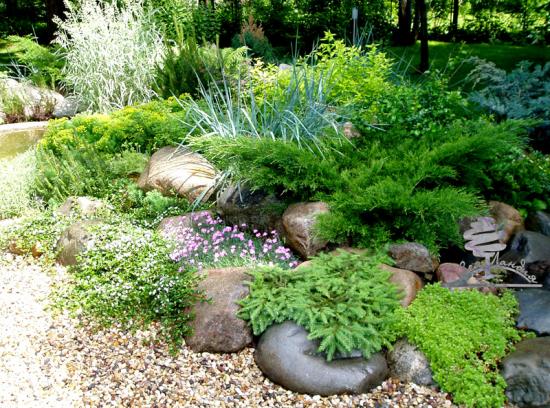
Medium-sized conifers can be planted at the entrance or along the path, to create a hedge or composition. Small spruces, medium-sized junipers and thujas, and various varieties of yew are suitable for these purposes.
Dwarf varieties of conifers look great in various compositions and decorate lawns and gravel. They can be planted in pots and placed in front of the entrance to the house. You can choose creeping and dwarf varieties of conifers. For example, some types of hemlock, microbiota and juniper.
Conifers differ in a variety of types and forms. They grow almost everywhere. These plants are pleasing to the eye in the wild and in home gardens. They help fight various diseases and help improve a person’s appearance.
Useful information about which conifers are best grown in a suburban area:


